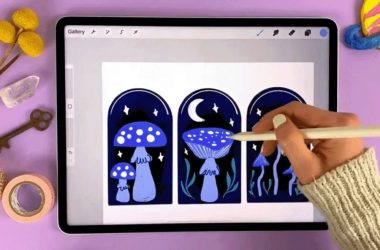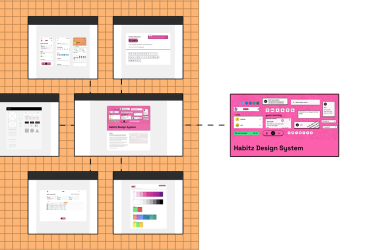Are creative pitching skills still essential for designers in today's digital age? This burning question has been a subject of debate among designers and industry experts. In a world driven by data and metrics, some argue that creative pitching has taken a backseat. However, others believe that creativity is more important than ever. So, should designers still be creative when it comes to pitching their ideas?
In this blog, we will delve into the importance of creativity in pitching for designers. We will explore how the digital landscape has reshaped traditional pitching techniques and discuss why creativity can make a significant impact in securing clients and projects. From leveraging storytelling to showcasing unique visual concepts, we will uncover strategies that can captivate potential clients and differentiate designers in a competitive market.
Join us as we explore the evolving role of creativity in pitching for designers. Discover how it can set you apart, win over clients, and drive success in today's digital world. Get ready to unleash your creative potential and leave a lasting impression with your pitches.
The Importance Of Pitching In The Design Industry
Pitching plays a vital role in the design industry, serving as a platform for designers to showcase their skills, ideas, and capabilities to potential clients. It is through effective pitching that designers have the opportunity to persuade clients to invest in their services and projects. While data and metrics have gained significance in decision-making processes, the power of a compelling pitch should not be underestimated. A well-crafted pitch has the ability to engage clients emotionally and make a lasting impression.
Traditionally, pitching in the design industry involved presenting portfolios, case studies, and mock-ups to showcase the designer's past work and expertise. While these elements still hold value, the digital landscape has brought about a shift in pitching techniques. With the rise of online platforms, social media, and digital communication channels, designers now have a wider range of tools and mediums to express their creativity and captivate potential clients.
The Traditional Approach To Pitching In Design

In the past, designers relied heavily on physical portfolios and face-to-face meetings to pitch their ideas. These traditional methods allowed designers to establish a personal connection with clients and present their work in a tangible and interactive manner. The ability to touch and feel physical materials, such as print samples or prototypes, created a sense of trust and authenticity.
Additionally, designers would often prepare detailed presentations, highlighting their design process, problem-solving skills, and the value they bring to the table. These presentations aimed to convince clients that the designer's approach is not only aesthetically pleasing but also strategically aligned with the client's goals and objectives.
While the traditional approach to pitching still holds value, designers need to adapt to the evolving digital landscape and embrace new platforms and communication channels to effectively reach their target audience.
The Changing Landscape Of Design Pitching
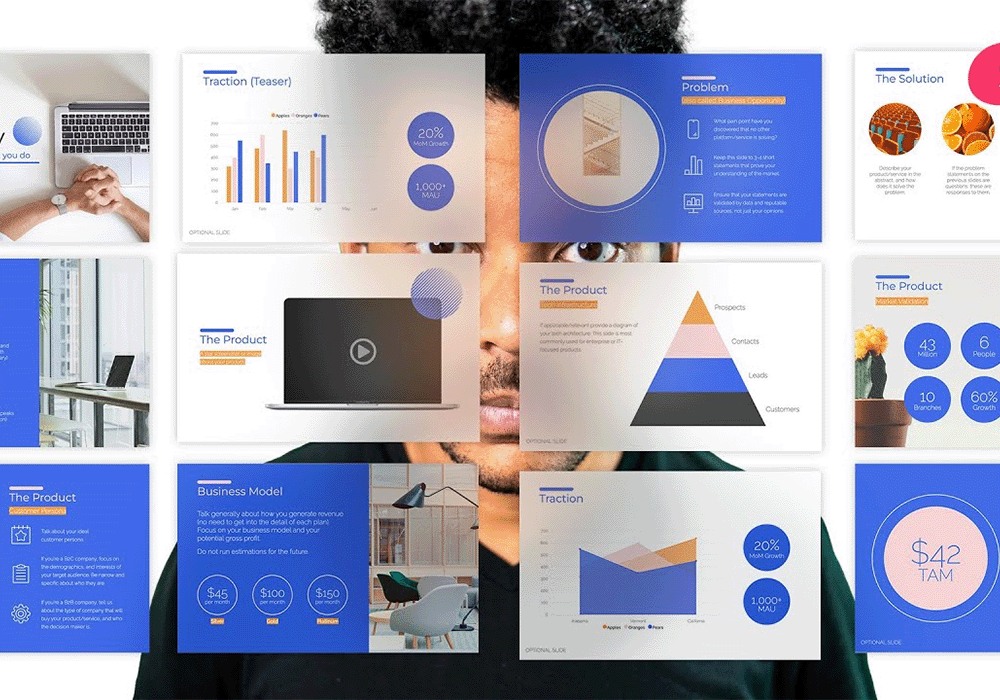
With the advent of technology and the increasing prominence of digital platforms, the landscape of design pitching has significantly changed. Designers now have access to a wide range of online tools and platforms that allow them to showcase their work in a more dynamic and interactive manner. Social media platforms like Instagram, Behance, and Dribbble have become popular channels for designers to share their portfolios and attract potential clients.
In addition to online platforms, virtual meetings and video conferencing have become the new norm in pitching. This shift has allowed designers to reach clients from different geographical locations and present their ideas in a more convenient and efficient manner.
The changing landscape of design pitching also calls for designers to adapt their strategies to cater to shorter attention spans and information overload. With an abundance of design content readily available online, designers need to find innovative ways to stand out and capture the attention of potential clients. This is where creativity in pitching becomes crucial.
The Role Of Creativity In Design Pitching
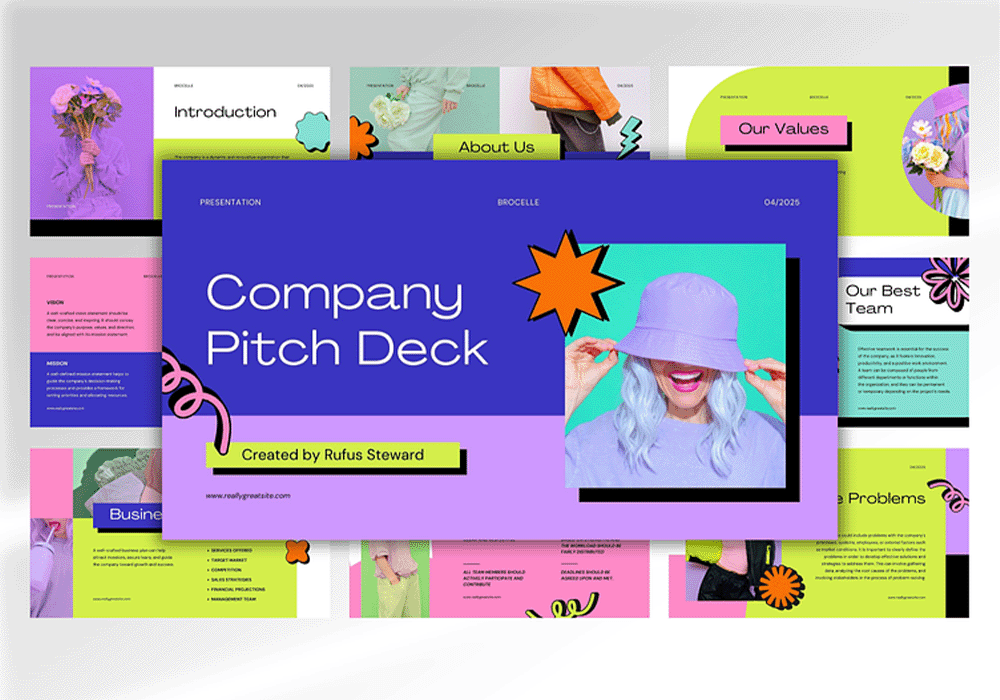
Creativity plays a pivotal role in design pitching, as it enables designers to differentiate themselves from their competitors and leave a lasting impression on potential clients. In a market saturated with design solutions, a creative and unique pitch can make all the difference.
One way designers can incorporate creativity into their pitches is by leveraging the power of storytelling. Storytelling creates an emotional connection with the audience, allowing designers to communicate their ideas in a more engaging and memorable way. By crafting a compelling narrative around their work, designers can effectively convey the value and impact of their designs to potential clients.
Another aspect of creativity in design pitching is the ability to showcase unique and innovative visual concepts. Designers can use their creativity to present their ideas in a visually stunning and impactful manner. This can be achieved through the use of dynamic visuals, interactive prototypes, or immersive virtual reality experiences. By pushing the boundaries of design and embracing new technologies, designers can captivate potential clients and demonstrate their ability to think outside the box.
The Benefits Of Creative Pitching For Designers
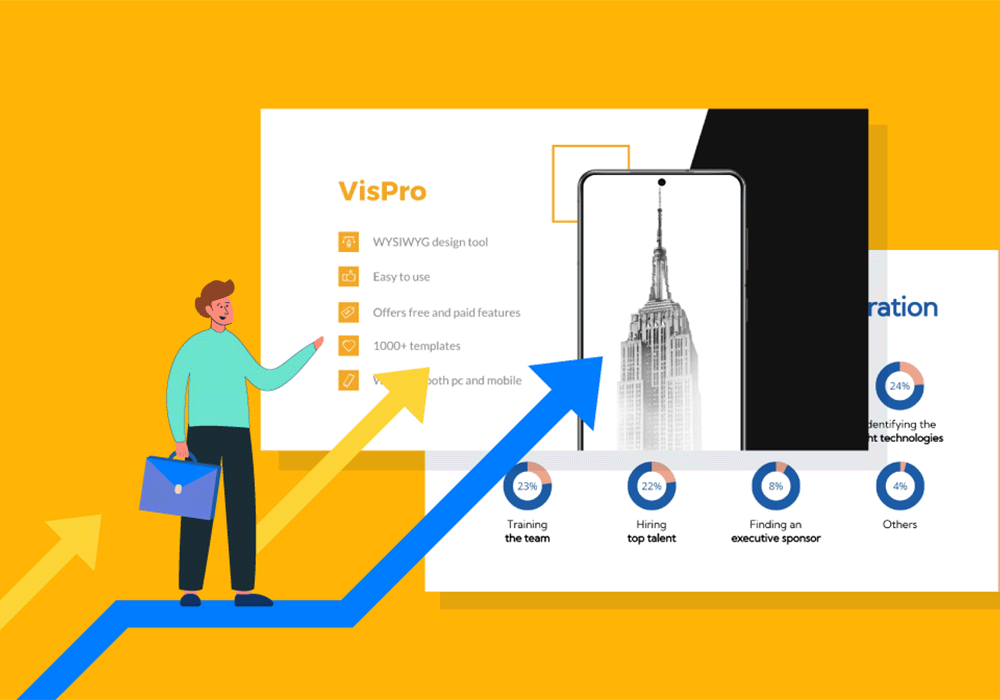
Embracing creativity in pitching offers numerous benefits for designers. Firstly, creative pitches allow designers to stand out in a competitive market. By presenting their ideas in a fresh and innovative way, designers can differentiate themselves from their competitors and leave a lasting impression on potential clients.
Secondly, creative pitching enables designers to showcase their problem-solving skills and strategic thinking abilities. By incorporating creativity into their pitches, designers can demonstrate their ability to think critically and provide unique design solutions that address the client's specific needs and objectives.
Additionally, creative pitching helps designers build trust and credibility with potential clients. When clients see the effort and thought put into a creative pitch, it instills confidence in the designer's abilities and professionalism. This can significantly increase the chances of securing projects and long-term partnerships.
Conclusion: The Future Of Creative Pitching In The Design Industry
In conclusion, creativity remains a vital asset for designers when it comes to pitching their ideas in today's digital age. While data and metrics have gained prominence, a well-crafted and creative pitch has the power to engage clients emotionally and leave a lasting impression. By leveraging storytelling, showcasing unique visual concepts, and embracing new technologies, designers can differentiate themselves in a competitive market and secure prestigious projects.
As the design industry continues to evolve, designers must adapt to the changing landscape of pitching and embrace new platforms and communication channels. By continuously enhancing their creative pitching skills, designers can unlock their full potential, win over clients, and drive success in today's digital world.
Get ready to unleash your creative potential and leave a lasting impression with your pitches. The future of creative pitching in the design industry is yours to shape.





